In the early days of July, in the bustling summer atmosphere, the center of the Belgian capital suddenly turns into a giant stage, where every step, every drum beat, every ancient costume tells the glorious history of the country.
That is Ommegang, one of the most spectacular historical reenactment festivals in Europe. The festival has been recognized by the UNESCO as an Intangible Cultural Heritage of Humanity since 2019.
According to a VNA reporter in Brussels, "Ommegang" in old Dutch means "procession around the city." Originating in the 14th century with religious significance, the festival was a ritual dedicated to the Virgin Mary by the people of Brussels.
The most important historical milestones took place in 1549, when Emperor Charles V and Prince Philip were solemnly welcomed here by the people of Brussels. From that moment on, Ommegang went beyond the religious framework, becoming a living historical symbol of Belgium.
Nearly five centuries later, that mark remains intact, not only in memory but in every step of the festival, when the whole city of Brussels together recreates the past on the very square where it took place.
Flag performance at the Ommegang festival. (Photo: Huong Giang/VNA)
Recognized by UNESCO as a World Heritage Site, the Grand Place - the heart of Brussels - transforms into a legendary stage for just two nights a year. With no modern backdrops or stage effects, Ommegang uses ancient architecture, traditional music and 1,400 volunteers to weave a vivid tapestry of history.
Ms. Lenvain Carine, an elderly Brussels resident, emotionally shared with VNA reporters: “Ommegang is not a performance, but a living memory. It revives the history of this city, and also the history of each Brussels resident like us.”
Next to her, Mr. Reiber Guy - who participated in the festival more than a decade ago - still could not hide his emotions: "When you walk step by step in the procession, you will understand. Every drum beat, every step, every look of the audience, all seem to bring us back to Brussels of the 16th century. And every time I participate, no matter in what capacity, I always feel as proud as the first time."
Ommegang is a community festival, but at the same time it is a cultural event of international stature as more and more famous faces from different fields participate in transforming into characters in the procession.
From artists, singers, actors, athletes to politicians, all dressed up in period costumes, immersing themselves in the medieval world, sometimes in roles close to their profession, such as a musician transforming into a court musician, or a politician playing the role of the mayor of ancient Brussels.
Each person brings a unique perspective and energy, contributing to the liveliness, openness and diversity of Ommegang.
The combination of folk and contemporary, of indigenous people and prominent names is the unique feature that makes this festival not just a replica of the past, but also a dialogue between generations and cultures.
Sisters Marie and Lola Flagel, two familiar faces in the procession, shared: “This is the 12th time I have participated. Each time like this is a time to relive folk culture, traditions that seem to have faded. Ommegang is not just a festival, it is a part of our spiritual life.”
Lola pointed to the stage, where their father was sitting adjusting his drums: “That’s my dad. He’s been a part of 60 Ommegangs. Before him, my grandfather, my great-grandfather. My whole family has lived this festival for generations.”
Their father, Vincent Flagel, smiled gently: “Ommegang is a tradition in my family. My grandparents were members of the band, then my parents and now I continue with music, with drums. And as you can see, my children are also marching in the procession today.”
As the lights began to cover the ancient walls, the Grand Place took on the splendor of a palace at night. Each parade entered one by one amid the sound of trumpets, the thunderous beat of drums and the excited applause of thousands of spectators, many of whom were visitors to Brussels for the first time.
The climax of the emotion was when the figure of Emperor Charles V appeared on horseback in the middle of the square with loud cheers and ancient, majestic melodies, making the whole space seem to freeze in the historical moment being recreated.
Each group of actors, dressed in traditional costumes of ancient professions, appeared one after another, such as blacksmiths, merchants, priests, fishermen, guards... Each one brought a color, a rhythm, blending together in the symphony of Brussels history. And then, the traditional stilt fighting made the whole stage explode.
The stilt artists somersaulted and spun in the air to the endless cheers, as if to affirm: heritage is still alive and breathing, not only to commemorate but to inspire.
More than just a performance, Ommegang is living proof of a culture that knows how to preserve and tell its story with pride.
In the digital age, when many festivals only exist through photos and books, Ommegang still lives on, through people, through music, through the breath of the community. And that is what makes UNESCO not only recognize Ommegang as a Representative Intangible Cultural Heritage of Humanity, but also an inspiring model of community-based heritage conservation.
“We do not reenact the past for nostalgia’s sake,” Vincent Flagel asserted. “We revive it so that the best of history continues to flow through each generation.”
And rightly so. In Brussels, Ommegang is not just a story of yesterday, but also a pride of today and a promise for tomorrow. It is the clearest proof that history is alive, not in books but right on every stone of this square./.
(Vietnam+)
Source: https://www.vietnamplus.vn/khi-brussels-ke-chuyen-bang-anh-sang-va-ky-uc-trung-co-post1048221.vnp



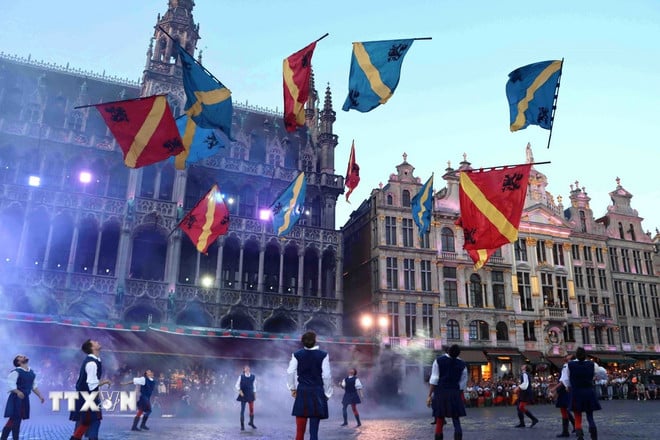

![[Photo] Politburo works with the Standing Committee of Cao Bang Provincial Party Committee and Hue City Party Committee](https://vphoto.vietnam.vn/thumb/1200x675/vietnam/resource/IMAGE/2025/8/28/fee8a847b1ff45188749eb0299c512b2)
![[Photo] Red flag with yellow star flutters in France on National Day September 2](https://vphoto.vietnam.vn/thumb/1200x675/vietnam/resource/IMAGE/2025/8/28/f6fc12215220488bb859230b86b9cc12)
![[Photo] General Secretary To Lam attends the opening ceremony of the National Achievements Exhibition](https://vphoto.vietnam.vn/thumb/1200x675/vietnam/resource/IMAGE/2025/8/28/d371751d37634474bb3d91c6f701be7f)
![[Photo] General Secretary To Lam presents the 45-year Party membership badge to comrade Phan Dinh Trac](https://vphoto.vietnam.vn/thumb/1200x675/vietnam/resource/IMAGE/2025/8/28/e2f08c400e504e38ac694bc6142ac331)
![[Photo] Prime Minister Pham Minh Chinh meets with Speaker of the New Zealand Parliament Gerry Brownlee](https://vphoto.vietnam.vn/thumb/1200x675/vietnam/resource/IMAGE/2025/8/28/cec2630220ec49efbb04030e664995db)
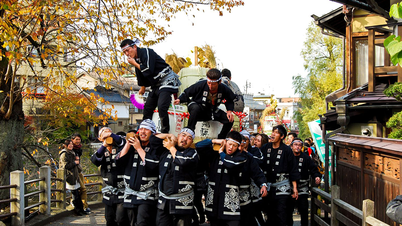


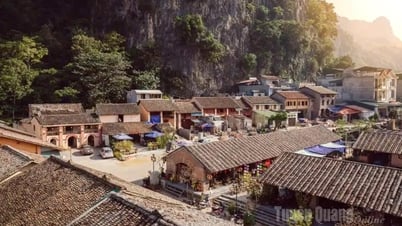


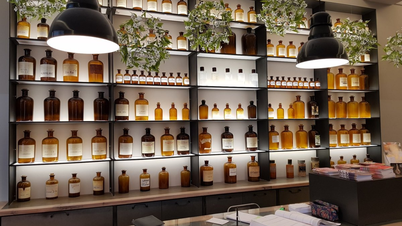



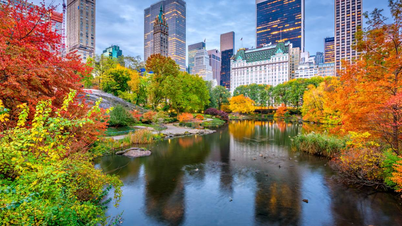
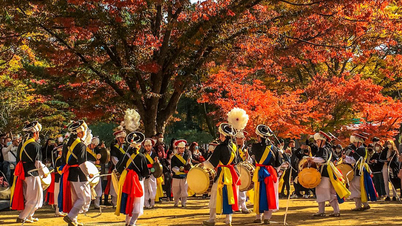







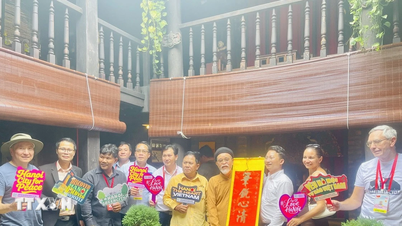



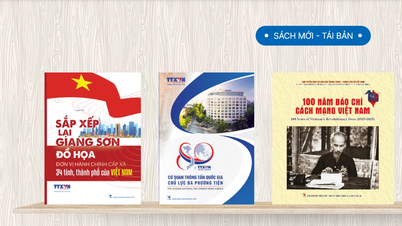




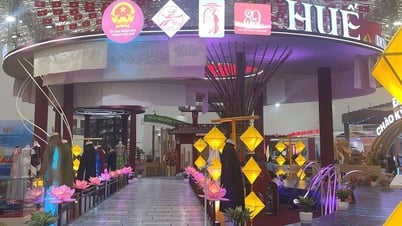

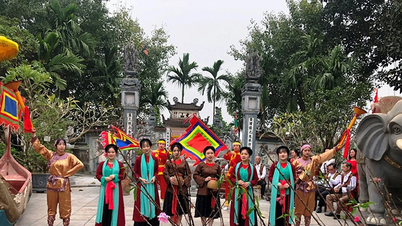
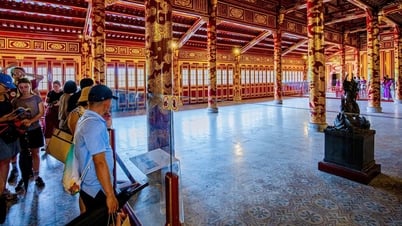

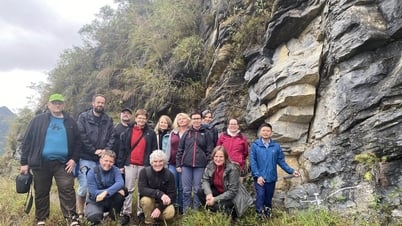



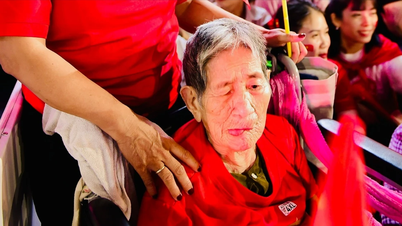

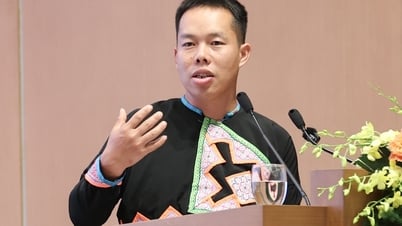

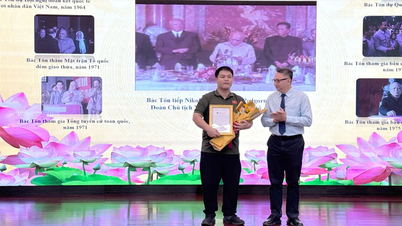







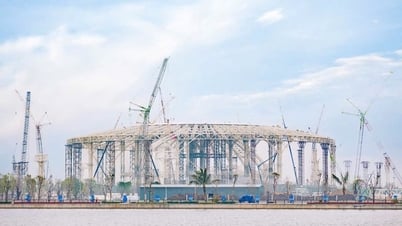

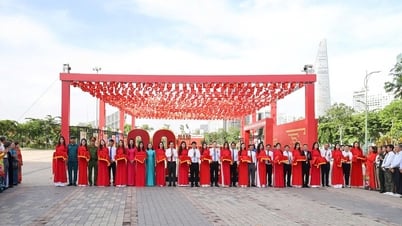





















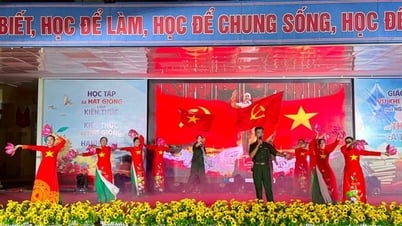

















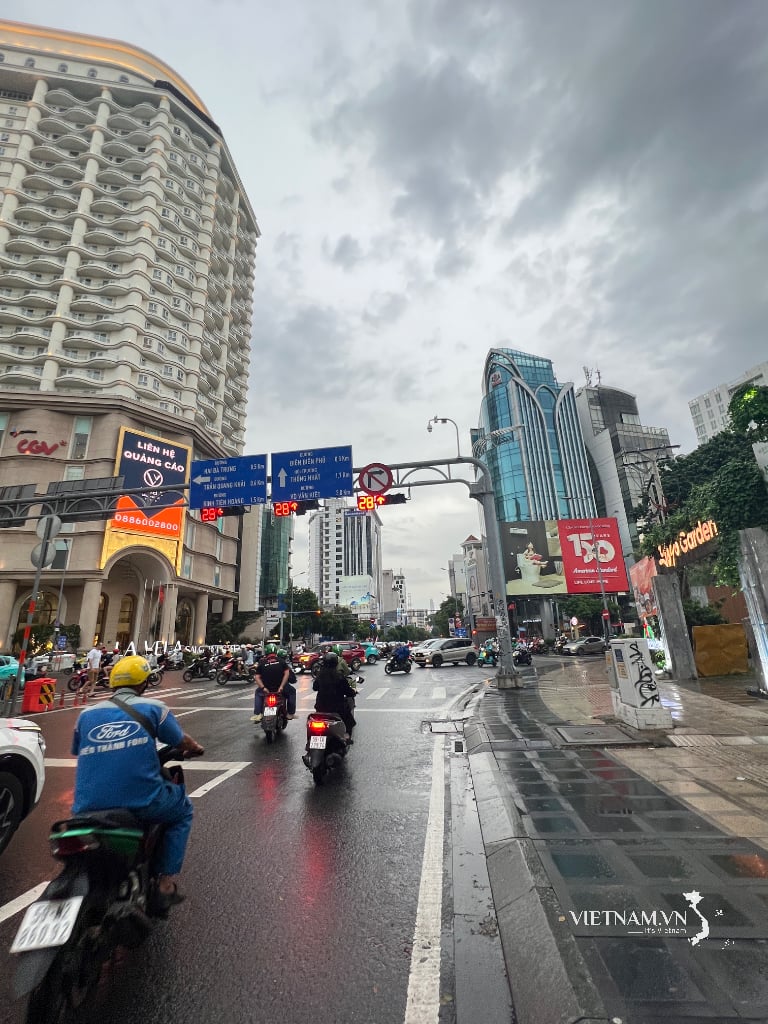
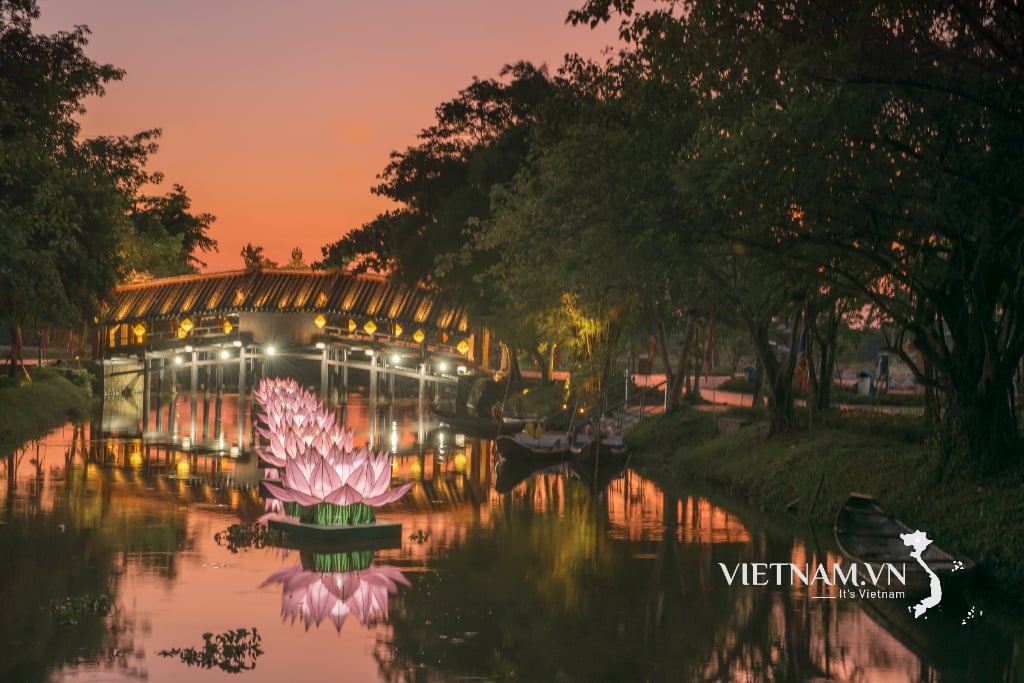
Comment (0)